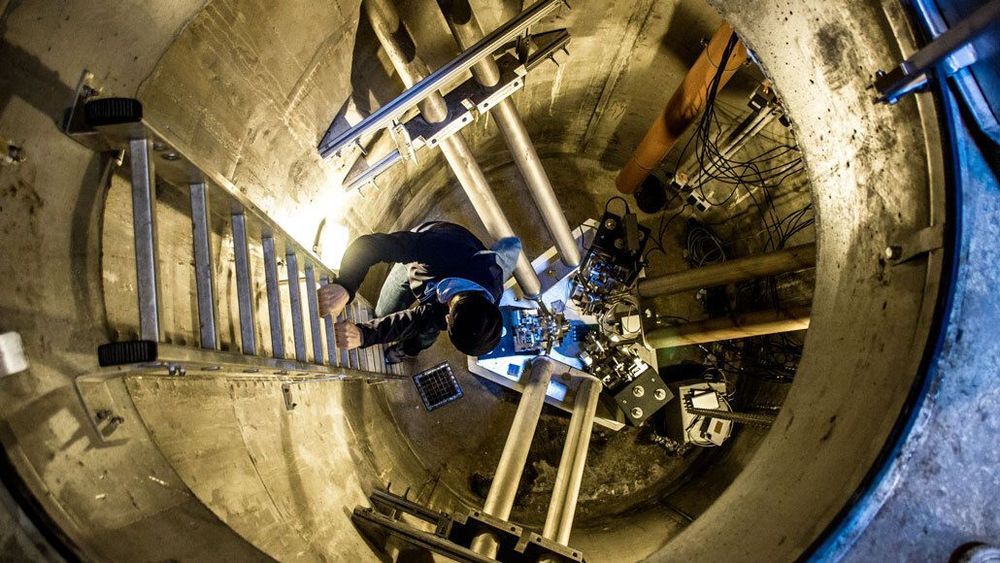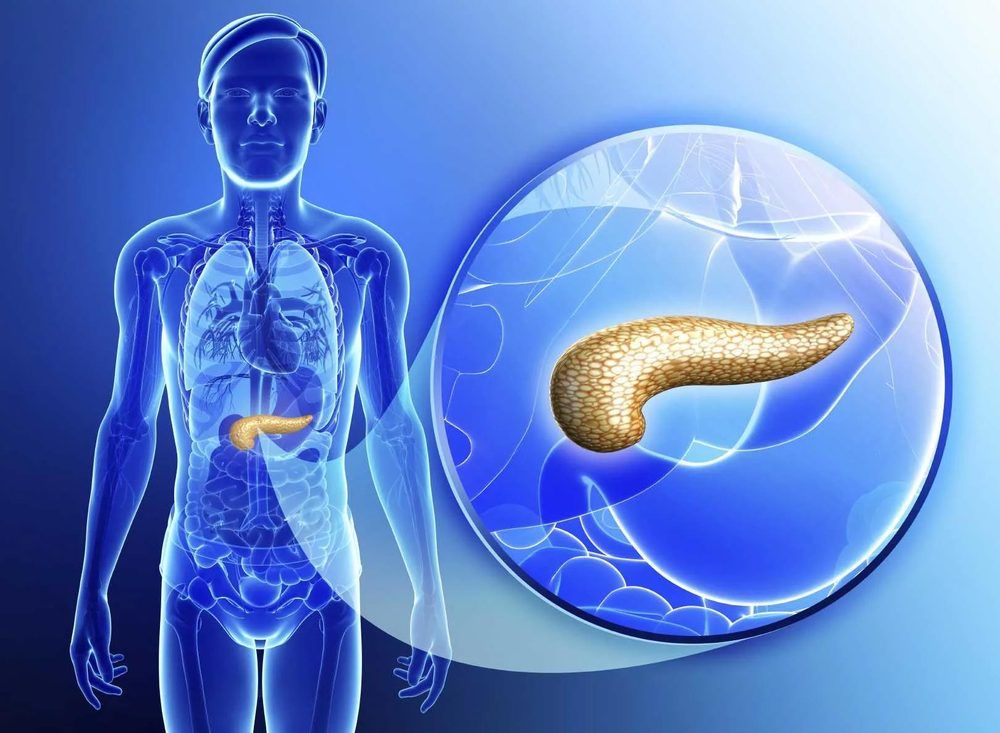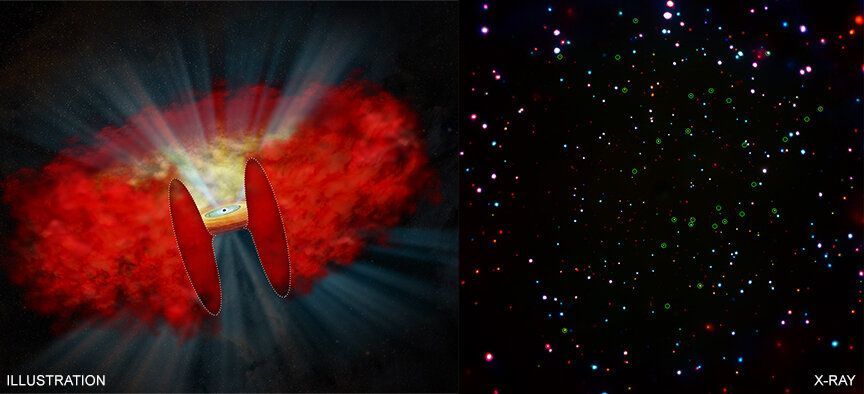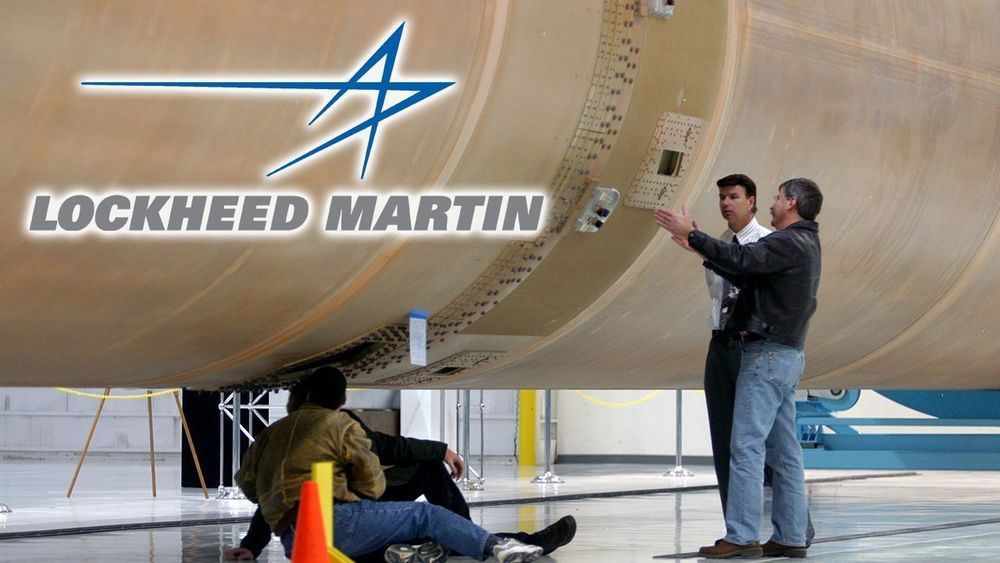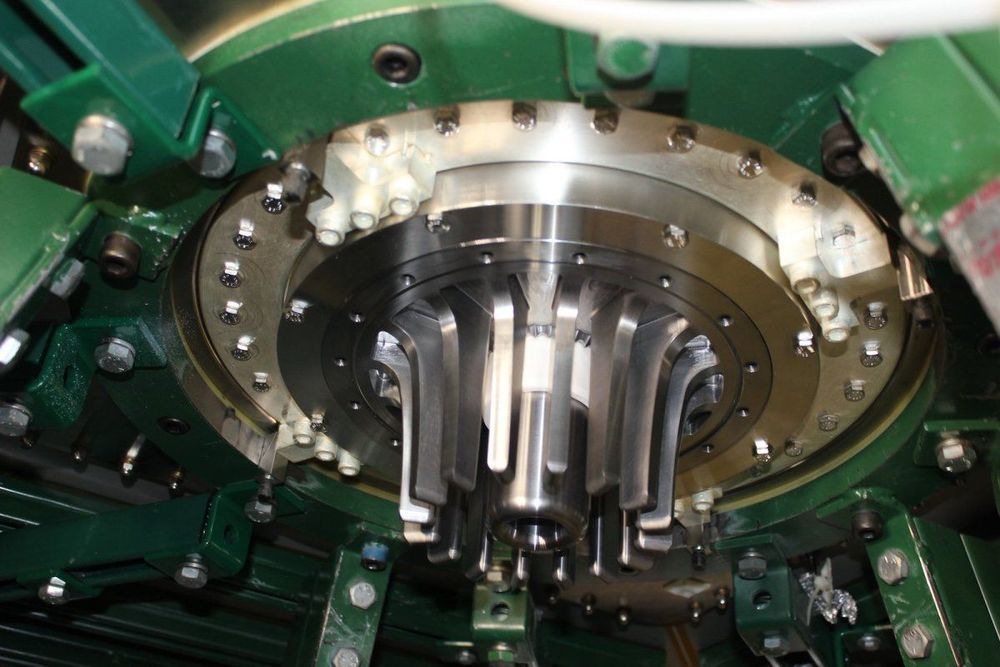Jul 19, 2020
SpaceX submits a request stating a Starship flight may occur within 7 months
Posted by Genevieve Klien in categories: Elon Musk, space travel
Featured Image Source: u/TomHockenberry via Reddit.
SpaceX is developing its next-generation launch vehicle — Starship — at the company’s South Texas facility located in Boca Chica Beach, Brownsville, TX. Elon Musk, the founder of SpaceX, runs 24/7 operations to develop the stainless-steel spacecraft before the year 2022. SpaceX’s first private customer, Japanese entrepreneur Yusaku Maezawa, booked a journey around the moon aboard Starship scheduled for 2023. NASA also selected SpaceX to develop a Starship Lunar Lander as part of the agency’s Artemis program which aims to take the first woman and the next mand to the moon’s surface by 2024. Musk recently shared he still hopes to launch a cargo mission to Mars in 2022 and deploy the first humans to the Red Planet aboard Starship in mid-2024. The company is certainly working on a tight schedule to meet these ambitious timelines.
Continue reading “SpaceX submits a request stating a Starship flight may occur within 7 months” »

